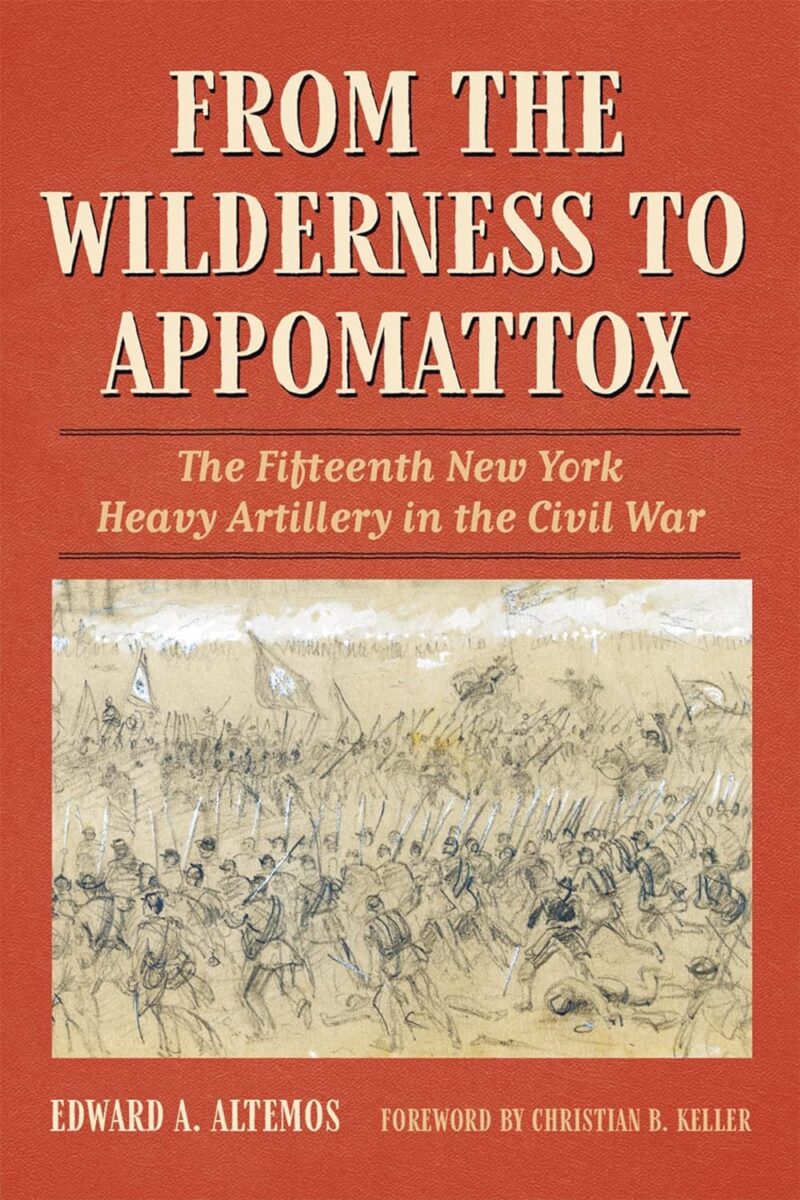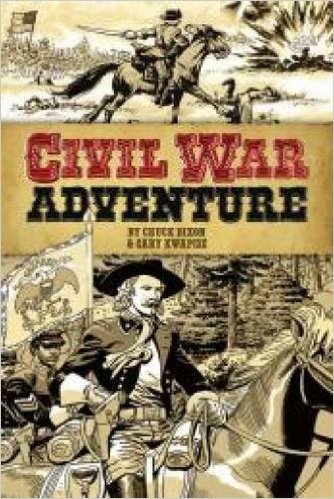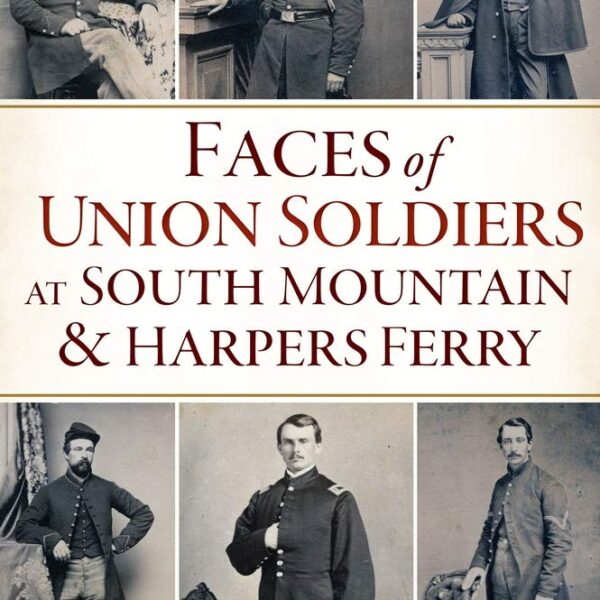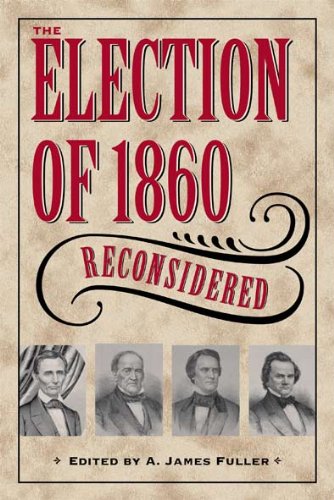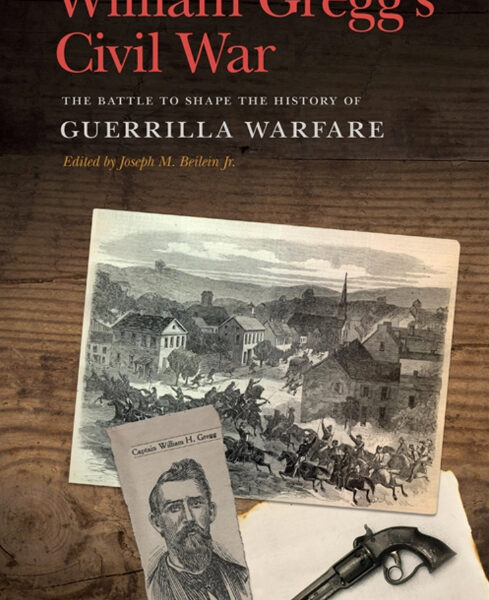The story of the Army of the Potomac has never wanted for insightful unit histories. Despite their central role in the Overland Campaign, however, the rookie “heavy artillery” regiments, most of which entered combat in 1864 as massive infantry formations, have rarely elicited much coverage. Edward A. Altemos works to address this problem in From the Wilderness to Appomattox: The Fifteenth New York Heavy Artillery in the Civil War. The book attempts to do more than just fill a gap in the story of the Union armies, significant as that gap is. In chronicling the experiences of the “heavies” during Grant’s campaign, Altemos reveals the horrors and demands of Civil War combat through the eyes of newcomers often demeaned by their veteran comrades. The 15th provides an even more complex and interesting case study because of its central European pedigree, with German immigrants from New York City filling out the officer class and enlisted ranks. These soldiers faced harsh discrimination from native-born volunteers.
The Union heavy artillery regiments typically began their service guarding the numerous forts protecting Washington, a mundane task belittled by veteran soldiers on campaign who did the more rigorous marching and fighting. As demands on Union manpower mounted, though, many of these “artillery” units proceeded to the front outfitted as infantry to refill the depleted ranks of the Army of the Potomac. The 15th was one of the first to confront this challenge, reaching the army’s camps at Brandy Station in March 1864 on the eve of Grant’s Overland Campaign. The outfit hailed mostly from New York City and nearby Orange County, and its leadership included names previously associated with the much maligned, heavily German Eleventh Corps. Apart from their ethnic composition, the regiment was unusual for including nearly 2,000 men in three battalions of four companies each (Civil War armies assiduously avoided the “battalion system” in volunteer regiments for a host of organizational and political reasons).
One of the challenges involved in writing a Civil War unit history is to balance the story of a particular group with the broader context of military campaigns in which that regiment participated. Altemos largely succeeds. The reader never loses sight of how the dramatic Overland, Petersburg, and Appomattox Campaigns unfolded, and the author’s analysis shows wide reading and strong research in much of the current scholarship. He has also mined the necessary regimental records in the National Archives, as well as soldiers’ personal papers in prominent repositories like the New York State Library and the U.S. Army Heritage and Education Center.
Altemos illustrates the New Yorkers’ acclimation to soldier life, including the drudgery of drill and the temptations of alcohol, as well as their checkered combat record in the opening engagements of the Overland Campaign. The course of 1864 provided plenty of opportunities to correct that record. One company of the regiment, maintaining its artillery role, brought its Coehorn mortars to bear at Spotsylvania’s Bloody Angle. Fifth Corps commander Gouverneur Warren praised the heavies as “a fine lot of men” for their efforts at the Battle of Jericho Mills. And Altemos details the regiment’s many actions in the Petersburg offensives with keen precision. In short, as one private summarized, “The first fight our Regiment went into…there was some big skedaddling you bet, but that got played out” (139).
The volume is not without some shortcomings. In analyzing the experiences of soldiers who learned combat for the first time in 1864, Altemos could have benefitted from the insights in Steven Sodergren’s landmark study of how the Army of the Potomac came to cope with the demands of continuous operations. The 15th New York Heavy Artillery, because of its unique story, would have provided much to extend Sodergren’s conclusions. Even more important is the fact that, although the reader comes away from the book with a solid understanding of the regiment’s combat record and key personnel, Altemos offers little to connect the unit’s battlefield experience with those who followed its experiences on the home front. Many records exist to help tell this side of the story—federal pension records and soldiers’ newspaper letters home, to name just a couple—but those sources remain largely untapped, despite Altemos’ otherwise commendable research.
From the Wilderness to Appomattox is a solid regimental history for an outfit that deserves it. The unit’s ranks spoke German in an age of pervasive nativism, and its service prior to joining Grant’s campaign garnered little praise from hardened campaigners in the Army of the Potomac. Despite those challenges, the heavies’ combat record eventually earned them respect from more cynical comrades—a story Altemos brings to life with considerable skill.
Zachery A. Fry is an Associate Professor in the Department of Military History at the U.S. Army Command and General Staff College.
